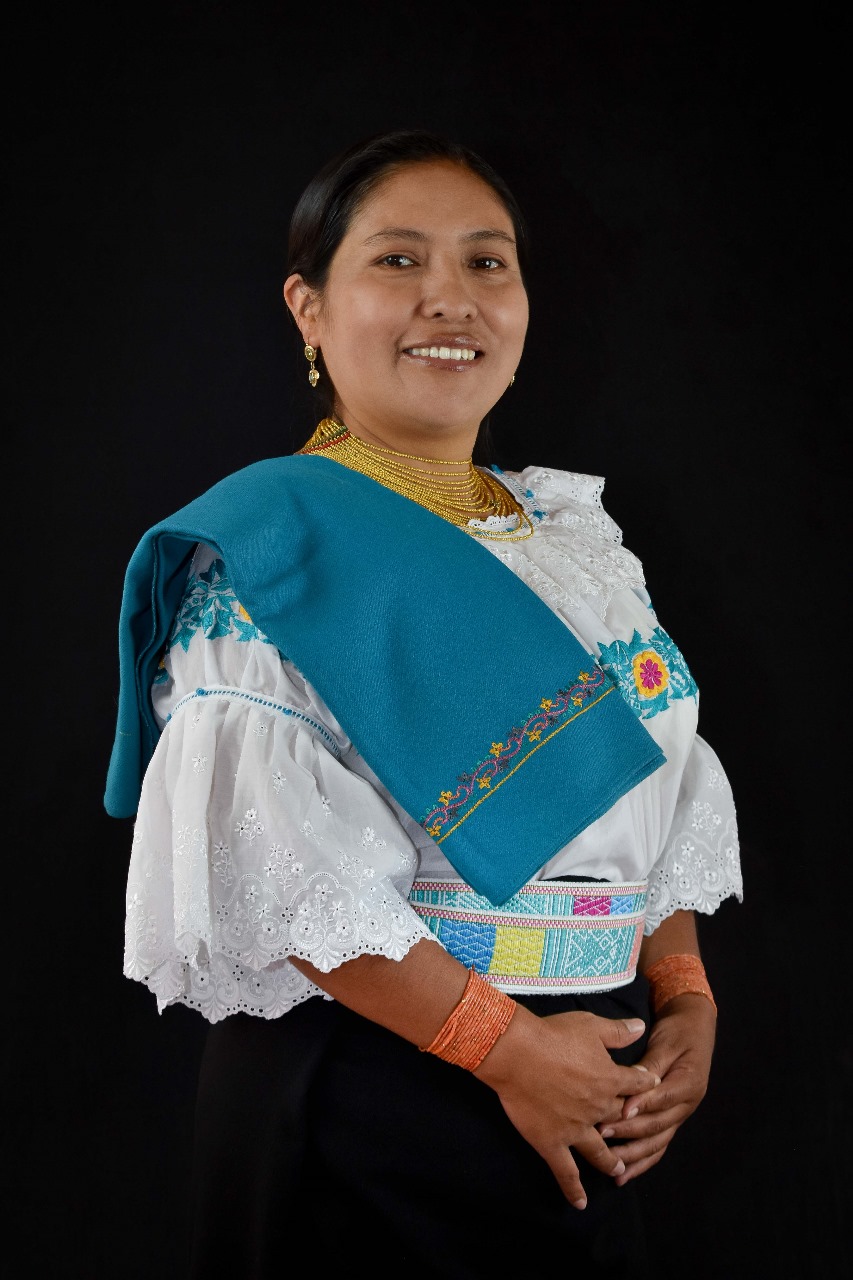About Us

From the beginning of his administration, President Guillermo Lasso Mendoza established that one of the main goals was to reduce stunting by six percentage points over four years.
Given the Stunting rates in Ecuador, investment in both the social and economic sectors was urgently needed to provide healthcare, nutrition, education, and protection for mothers and their children up to two years old, as well as to ensure access to basic services such as clean drinking water. These forms of care are closely linked to the development of cognitive, psychological, emotional, and social capacities during early childhood.
The data confirmed this vision of government, which would soon become a matter of State.
In Ecuador, 25% of children suffered from stunting, meaning that girls and boys were starting life at a severe disadvantage compared to children who had received proper care from the womb.
In the years prior to President Lasso’s administration, the rates of stunting in children under 2 years old showed no improvement, regardless of the families’ socioeconomic status. Ecuador ranked second in Latin America and the Caribbean for the highest levels of Stunting.

Given this complex situation, the challenge was to build a public policy with a coordinated implementation strategy that would allow for the efficient investment of public resources. This led to the creation of the Technical Secretariat “Ecuador Grows Without Stunting”, whose key role was to coordinate and align the efforts of 13 national government institutions and 221 local governments, to ensure that pregnant women, and children under the age of two, received the necessary healthcare and social services to prevent this condition.
The results of the National Survey on Stunting (ENDI 2022–2023) showed that the government of Guillermo Lasso Mendoza contributed to a 3.5 percentage point reduction in the prevalence of stunting. This means that more than 20,000 children under the age of two were spared from suffering this severe condition that threatens healthy development.
Mission
Contribute knowledge, strategies, and actions that strengthen the capacities of the State, civil society, academia, international cooperation, and the private sector—individually or collaboratively—with the goal of reducing stunting indicators.
Promote initiatives for the prevention and reduction of stunting both within Ecuador and internationally.
Influence national and local governments to develop and sustain effective strategies and public policies against stunting.
Vision
"To be leaders in the fight against stunting, contributing to the construction of a world where every child has access to a life with more opportunities to grow up healthy, without limitations due to their socioeconomic condition."
Principles
- • Commitment: We are dedicated to the cause of reducing stunting, devoting resources, time, and effort to achieve meaningful results.
- Empathy: We show empathy toward families and communities affected by stunting, understanding their needs and working to provide effective solutions.
- Collaboration: We promote collaboration with various stakeholders, including governments, NGOs, businesses, and local communities, to maximize the impact of our efforts.
- Innovation: We constantly seek new and better ways to address stunting through research, program development, and the use of innovative technologies.
- Transparency: We uphold high standards of transparency in all activities and operations, ensuring that donors, partners, and beneficiaries can trust the integrity and effectiveness of our work.
- Equity: We promote equity and inclusion across all initiatives and programs, ensuring all children have equal access to proper nutrition and quality health services.
- Sustainability: We pursue long-term, sustainable approaches to combat stunting by strengthening local capacities and creating far-reaching solutions.
- Intersectorality: We promote an interdisciplinary approach that addresses the determinants, risks, and interventions comprehensively—across health, education, environment, clean water, social welfare, early childhood development, economy, housing, and food systems.
Objectives
- Establish strategic partnerships
- Conduct analysis, evaluation, and monitoring
- Research and develop solutions
- Disseminate results and share best practices
Members of the Board of Directors
Guillermo Lasso Mendoza
Chairman of the Board of Directors of Fundación Ecuador Crece Contigo
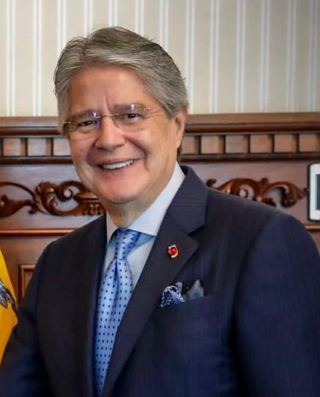
Erwin Ronquillo
Director Fundación Ecuador Crece Contigo

Sebastian Corral
Member of the Board of Directors Fundación Ecuador Crece Contigo

Ximena Garzón
Member of the Board of Directors Fundación Ecuador Crece Contigo

Carlos Larrea
Member of the Board of Directors Fundación Ecuador Crece Contigo
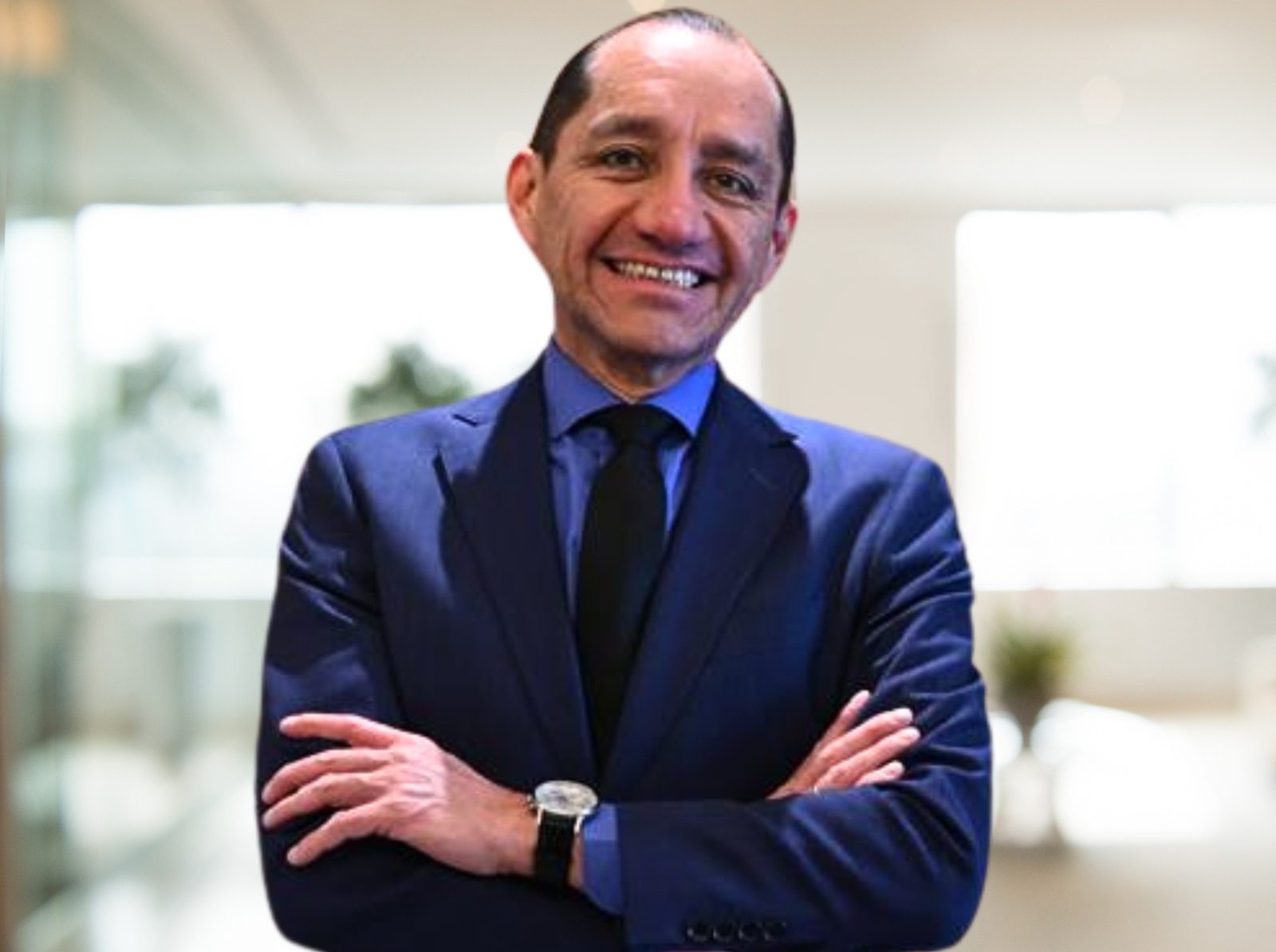
José Ruales
Member of the Board of Directors Fundación Ecuador Crece Contigo
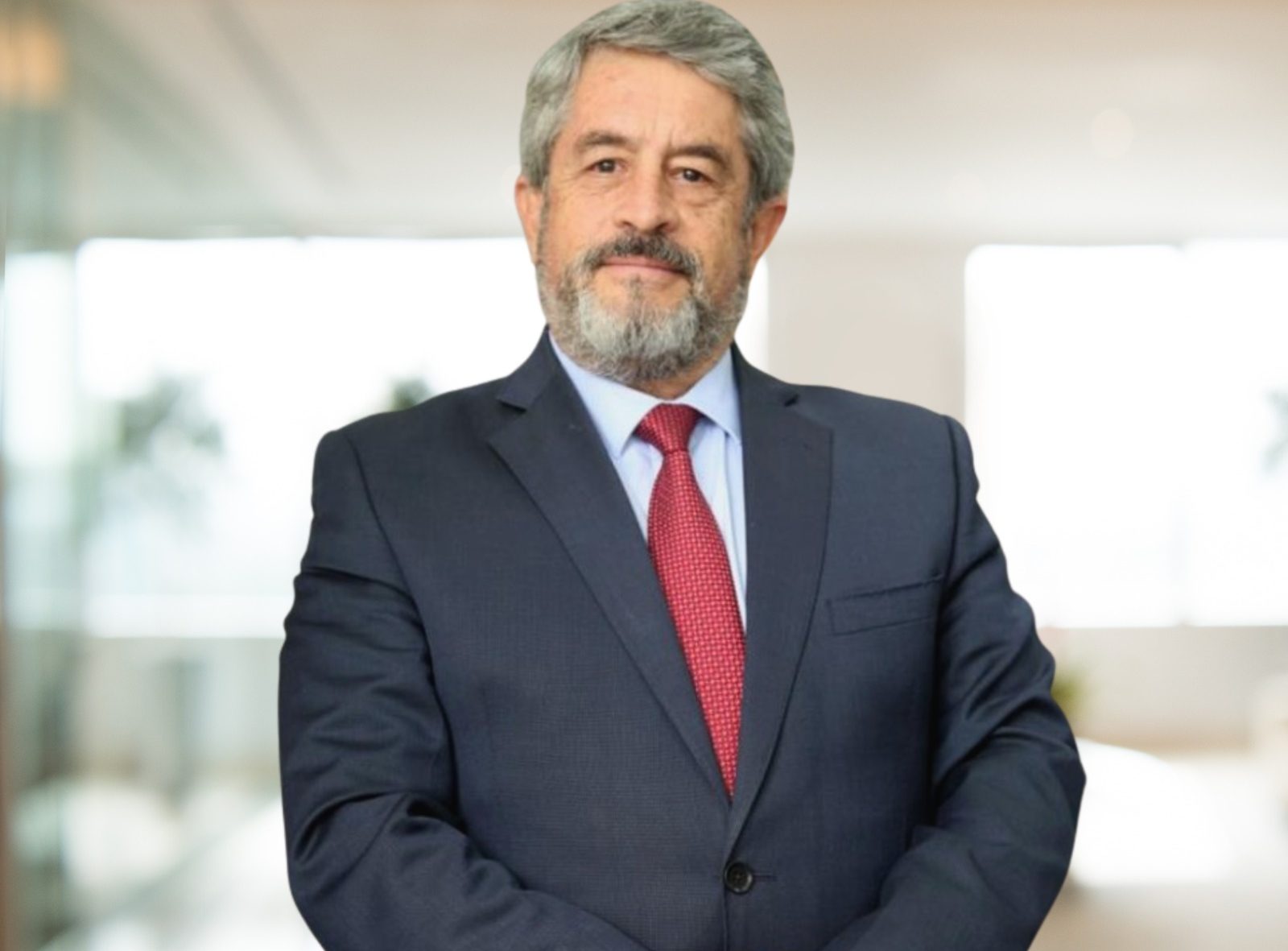
Wendy Reyes Chiriboga
Member of the Board of Directors Fundación Ecuador Crece Contigo
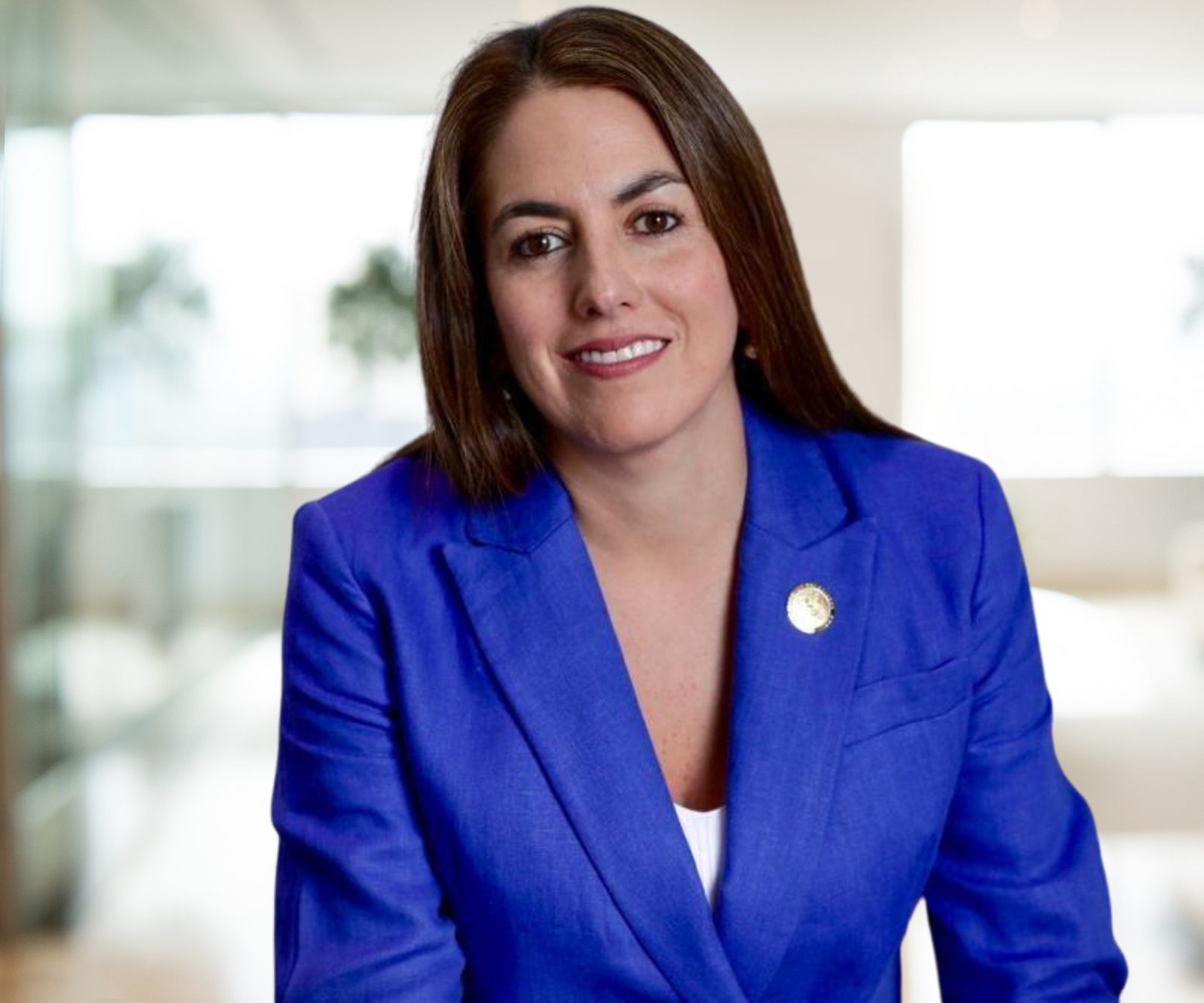
José Ignacio Samaniego
Member of the Board of Directors Fundación Ecuador Crece Contigo
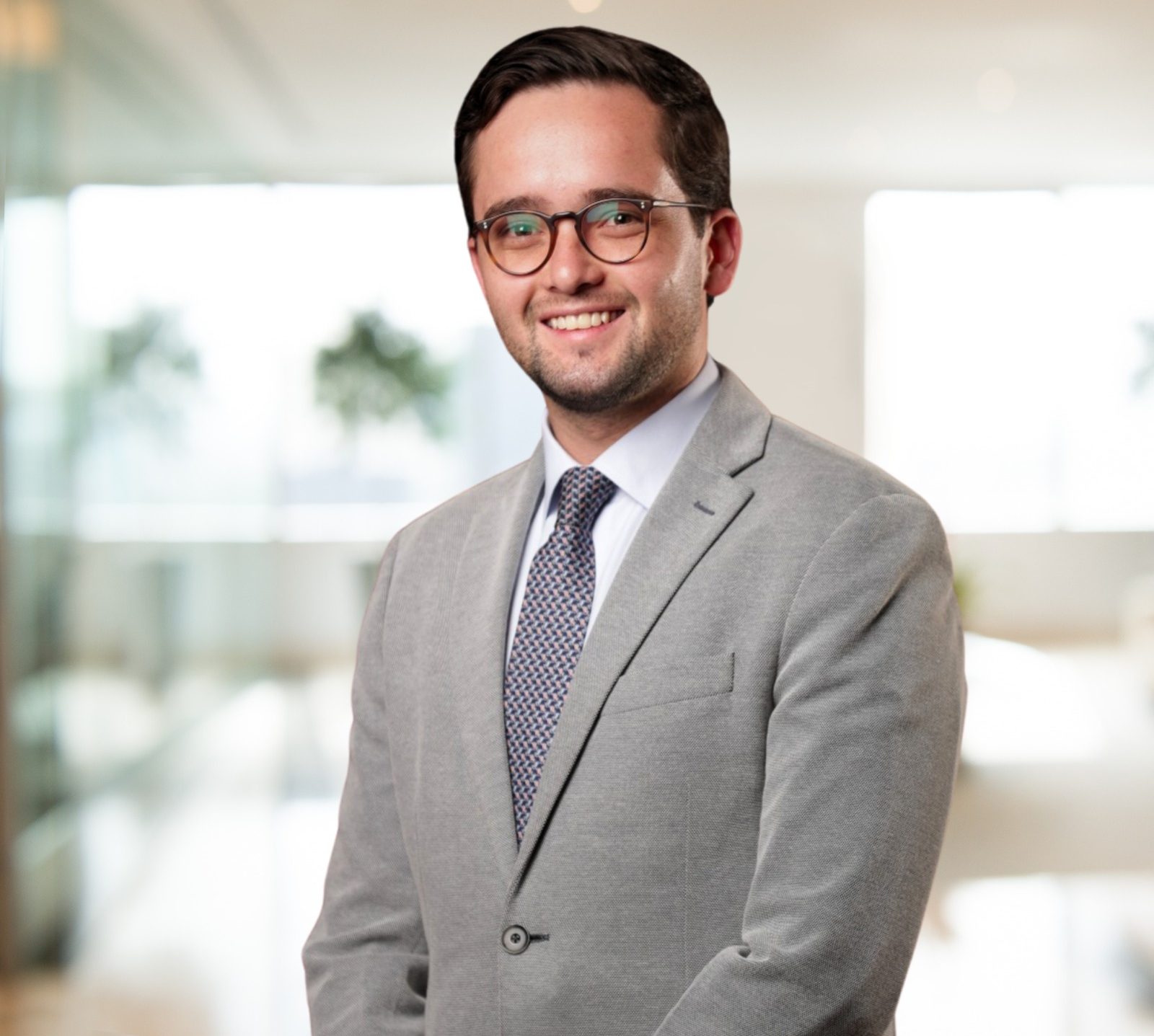
Sergio Iannuzzelli
Member of the Board of Directors Fundación Ecuador Crece Contigo
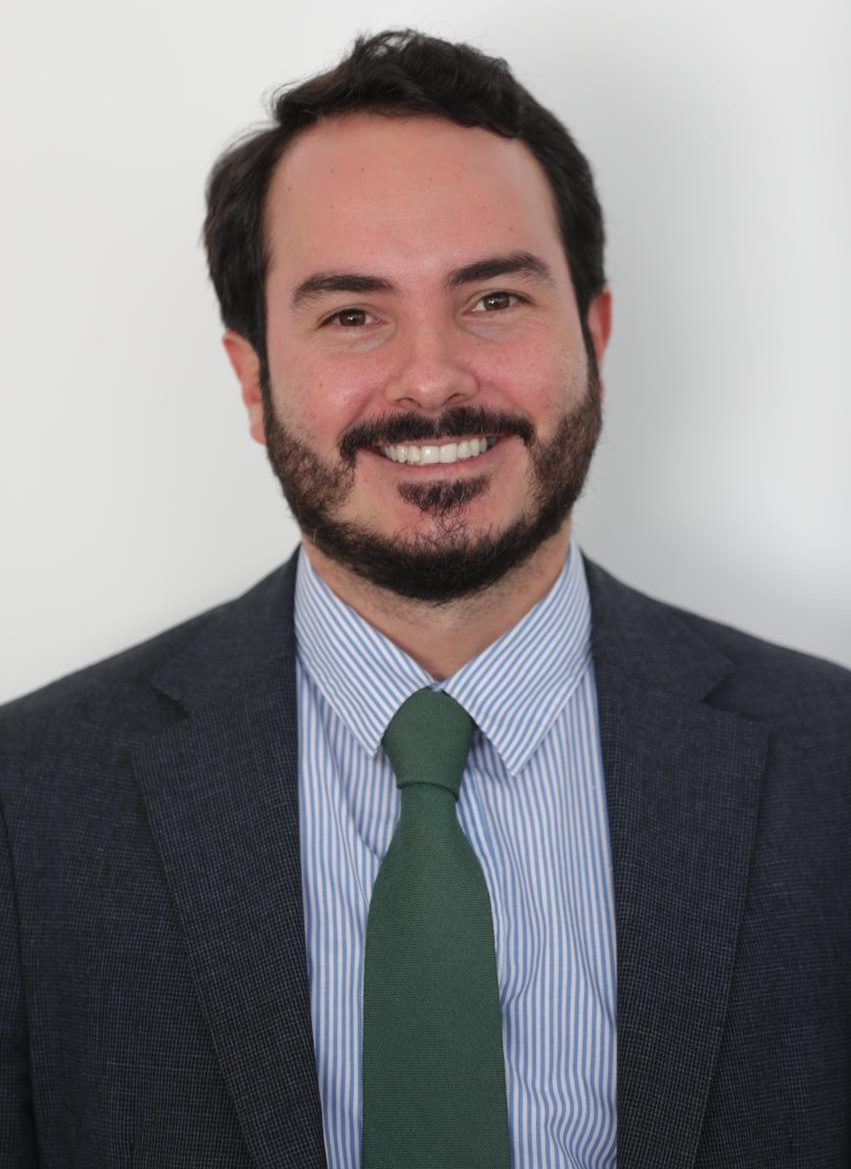
Estefani Jarrín
Technical and Research Coordinator

Consulting Team
Veronica Salgado
Social Communicator, Master in Communication. Expert in content development and communication strategies for social and behavioral change.

Jairo Rivera
Engineer in Economics, Master in Economics and PhD in Public Policy. Professor at the Universidad Andina Simón Bolívar. Experience in analysis and evaluation of social policies, with emphasis on stunting.
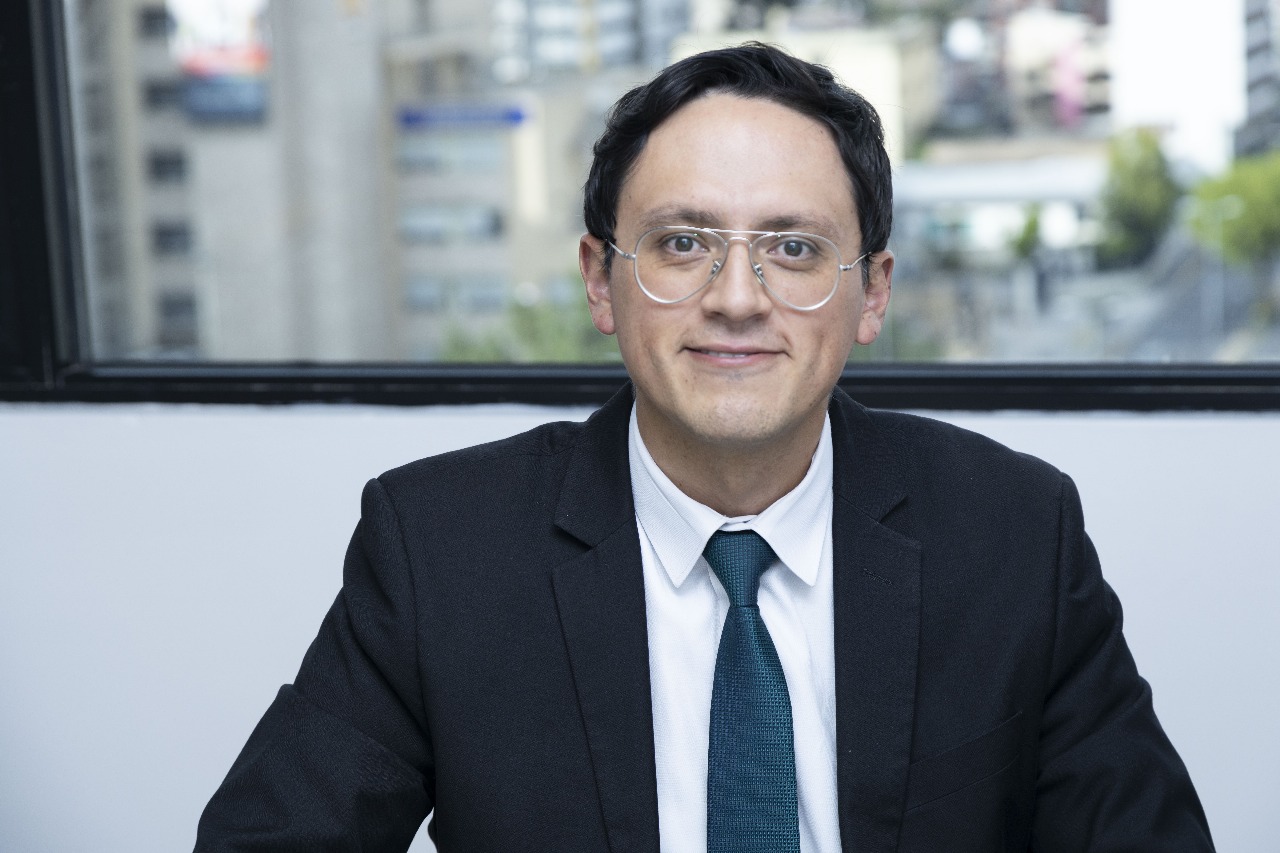
Mayra Sanchez
Engineer in Statistics and Master in Bioinformatics and Biostatistics. Experienced in occupational and public health. Expert in data visualization development.

Renata Arequipa
Nutritionist, Master in Public Health and Epidemiology, PhD candidate in Health Systems. Expert in the formulation, implementation and evaluation of public policies from a systemic approach.

Magdalena Chavez
Master in Local and Community Development. With experience in the management and implementation of public policy in the social area. Expert in governance, interculturalism and public health.
